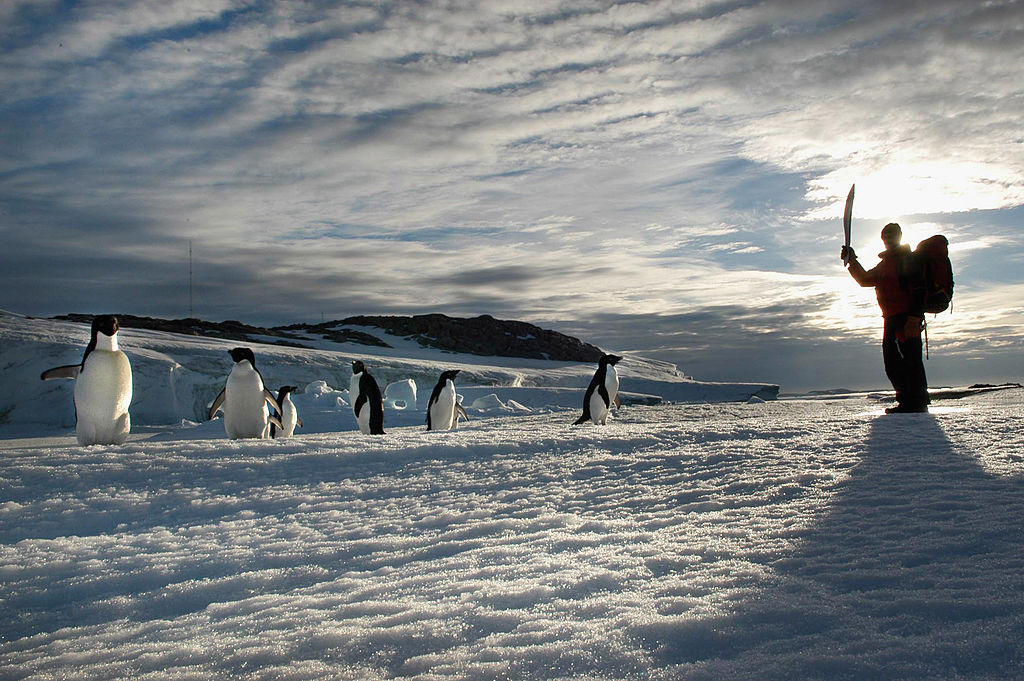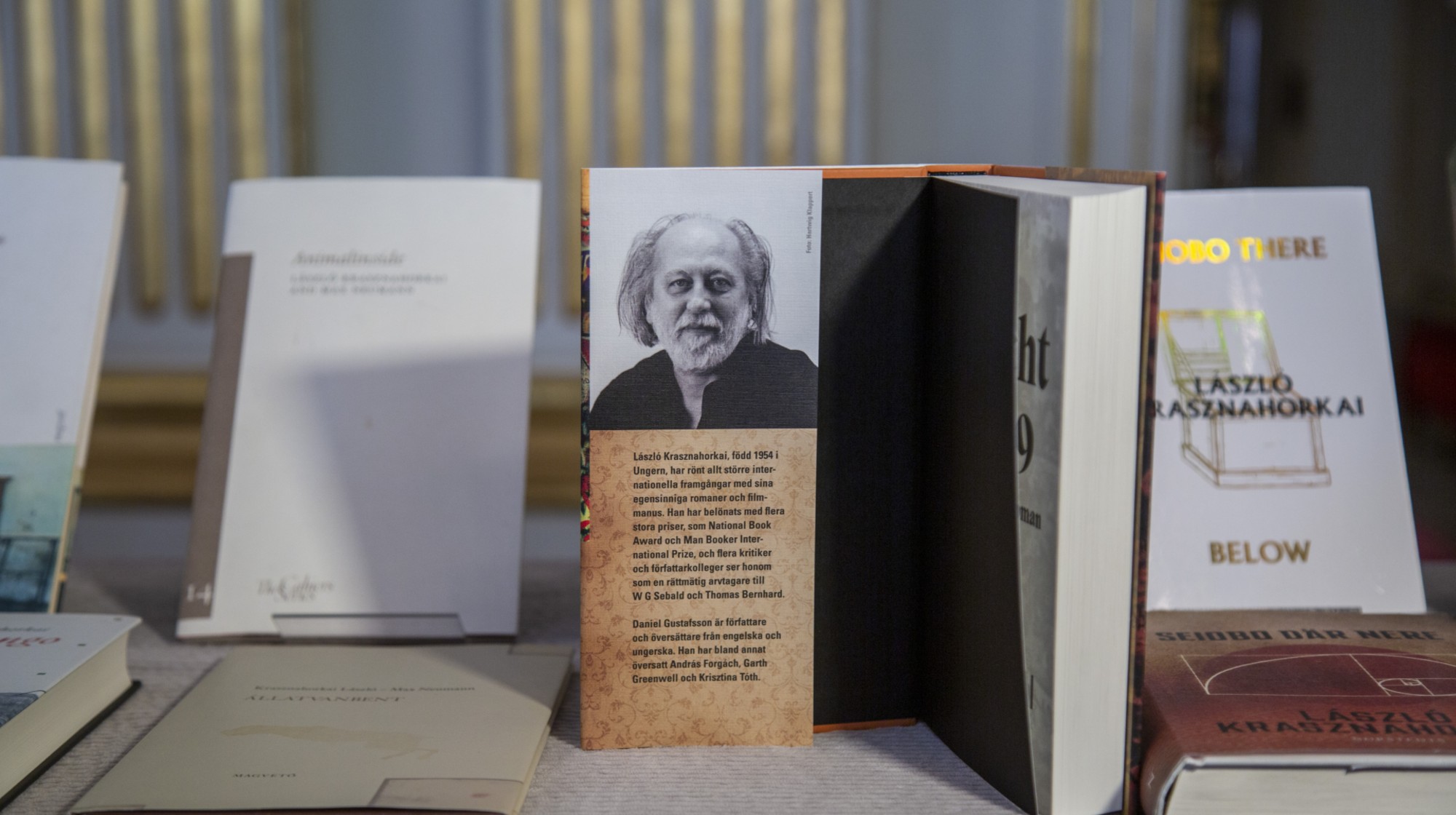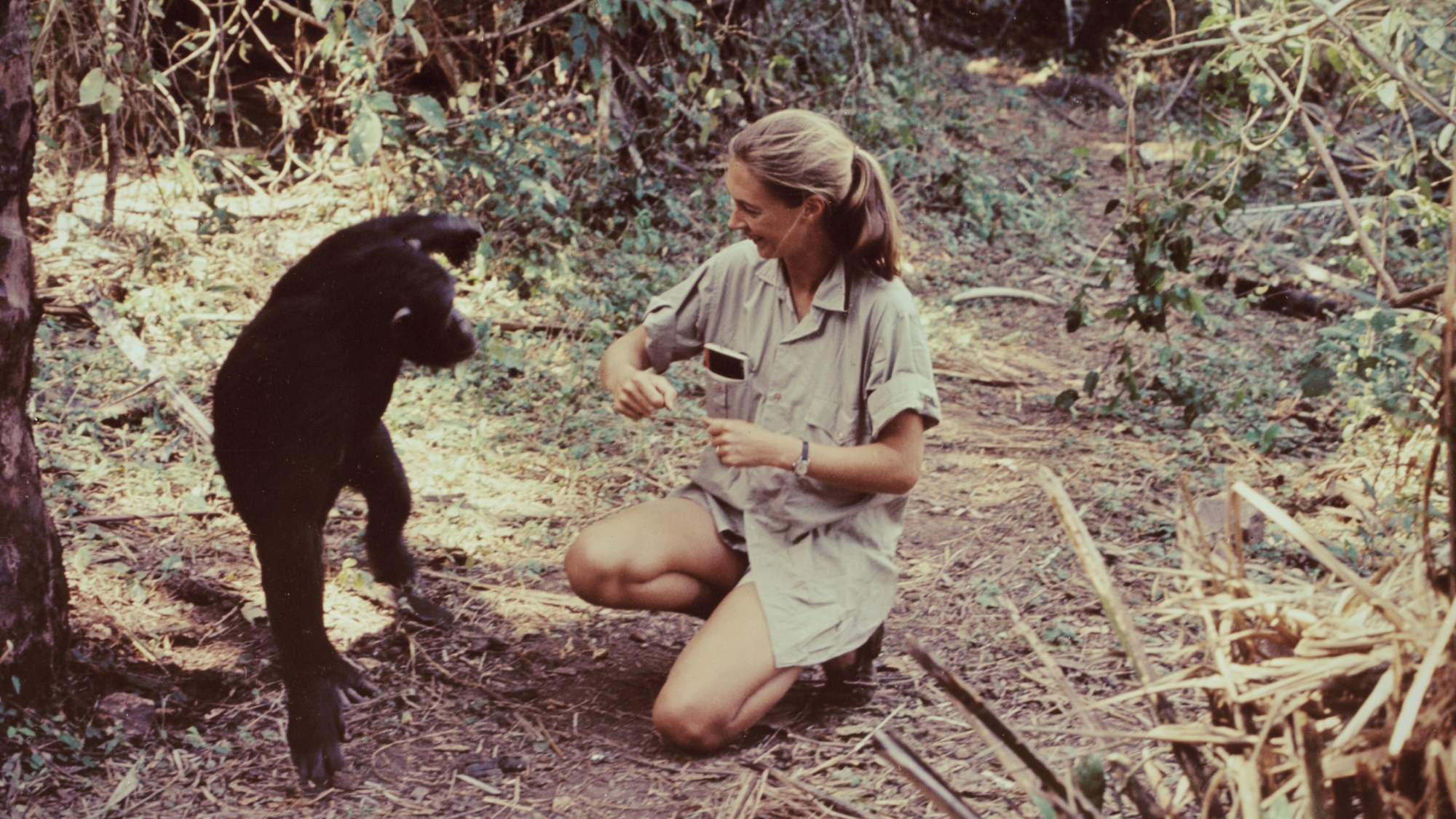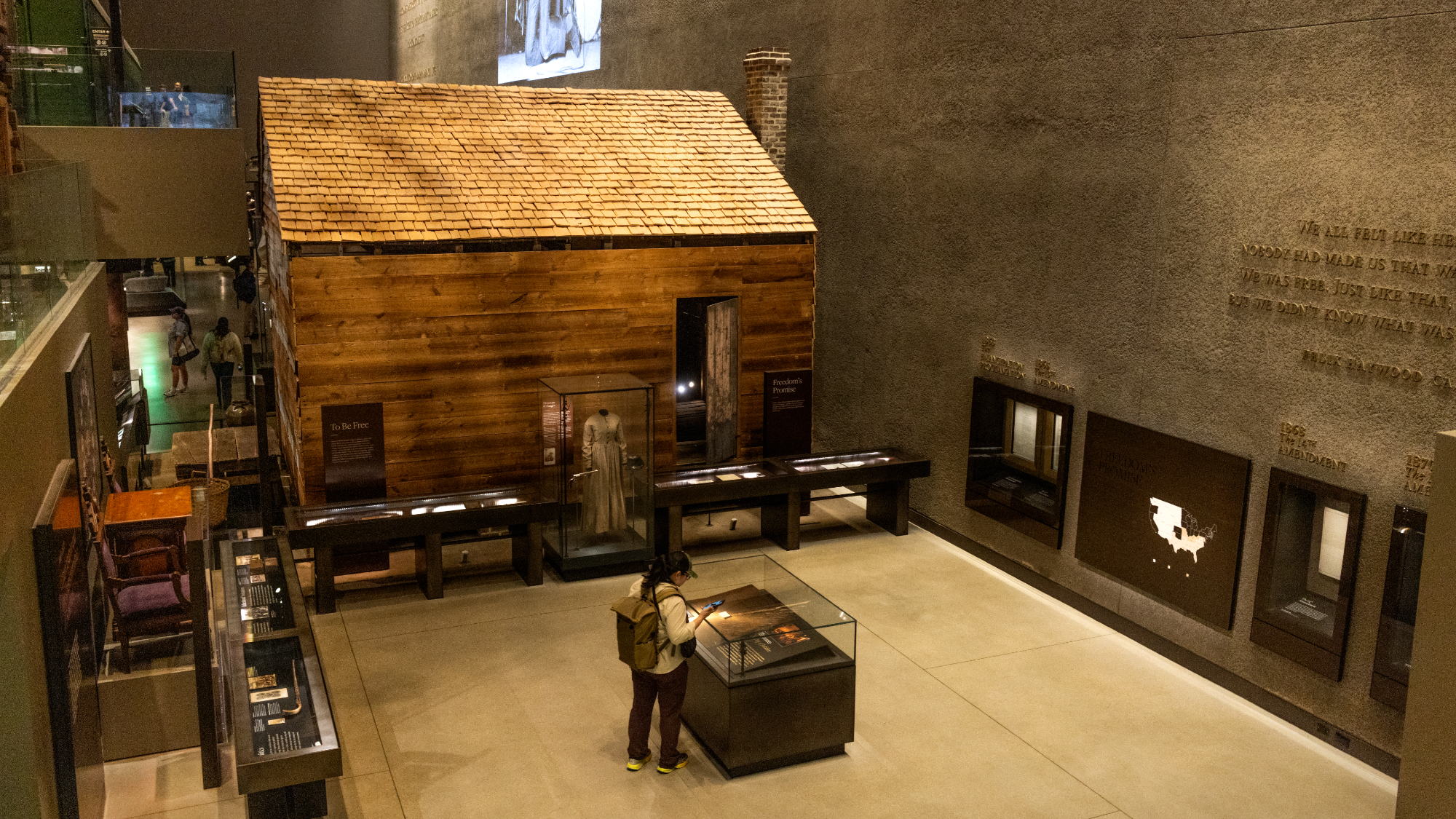Researchers just stumbled upon proof of millions of penguins they didn't know existed


This is what one Adélie penguin looks like:
Iframe Code
The Week
Escape your echo chamber. Get the facts behind the news, plus analysis from multiple perspectives.

Sign up for The Week's Free Newsletters
From our morning news briefing to a weekly Good News Newsletter, get the best of The Week delivered directly to your inbox.
From our morning news briefing to a weekly Good News Newsletter, get the best of The Week delivered directly to your inbox.
Now picture 3.6 million of those little guys. That's how many Adélie penguins Antarctic scientists didn't even know existed until they recently figured out how to better count the water-loving birds.
Previously, researchers believed there were just 2.3 million Adélie penguins living on the eastern Antarctic coastline. During a recent recount (which involves closely examining penguin feces), the scientists revised that number to 5.9 million, which totals between 14 and 16 million Adélies in all of Antarctica.
"The reason [the population count is] higher is we have incorporated the non-breeding component of the population," explained Australian Antarctic Division seabird ecologist Dr. Louise Emmerson on Wednesday, as reported by The Huffington Post. "The non-breeders are essentially an invisible component of the population. The breeders are very well-behaved. They come to the islands and sit around on eggs and we can count them easily. But these non-breeders are foraging out in the water where we can't see them. They may visit from time to time but they are essentially invisible to us."
The update is significant for conservation efforts, since the scientists can tweak their understanding of how much krill and fish are needed to support the population. "An estimated 193,500 tons of krill and 18,800 tons of fish are eaten during the breeding season by Adélie penguins breeding in East Antarctica," said Emmerson.
A free daily email with the biggest news stories of the day – and the best features from TheWeek.com
Now that's more like it. Jeva Lange
Jeva Lange was the executive editor at TheWeek.com. She formerly served as The Week's deputy editor and culture critic. She is also a contributor to Screen Slate, and her writing has appeared in The New York Daily News, The Awl, Vice, and Gothamist, among other publications. Jeva lives in New York City. Follow her on Twitter.
-
 The ultimate films of 2025 by genre
The ultimate films of 2025 by genreThe Week Recommends From comedies to thrillers, documentaries to animations, 2025 featured some unforgettable film moments
-
 Political cartoons for January 3
Political cartoons for January 3Cartoons Saturday's political cartoons include citizen journalists, self-reflective AI, and Donald Trump's transparency
-
 Into the Woods: a ‘hypnotic’ production
Into the Woods: a ‘hypnotic’ productionThe Week Recommends Jordan Fein’s revival of the much-loved Stephen Sondheim musical is ‘sharp, propulsive and often very funny’
-
 Son arrested over killing of Rob and Michele Reiner
Son arrested over killing of Rob and Michele ReinerSpeed Read Nick, the 32-year-old son of Hollywood director Rob Reiner, has been booked for the murder of his parents
-
 Rob Reiner, wife dead in ‘apparent homicide’
Rob Reiner, wife dead in ‘apparent homicide’speed read The Reiners, found in their Los Angeles home, ‘had injuries consistent with being stabbed’
-
 Hungary’s Krasznahorkai wins Nobel for literature
Hungary’s Krasznahorkai wins Nobel for literatureSpeed Read László Krasznahorkai is the author of acclaimed novels like ‘The Melancholy of Resistance’ and ‘Satantango’
-
 Primatologist Jane Goodall dies at 91
Primatologist Jane Goodall dies at 91Speed Read She rose to fame following her groundbreaking field research with chimpanzees
-
 Florida erases rainbow crosswalk at Pulse nightclub
Florida erases rainbow crosswalk at Pulse nightclubSpeed Read The colorful crosswalk was outside the former LGBTQ nightclub where 49 people were killed in a 2016 shooting
-
 Trump says Smithsonian too focused on slavery's ills
Trump says Smithsonian too focused on slavery's illsSpeed Read The president would prefer the museum to highlight 'success,' 'brightness' and 'the future'
-
 Trump to host Kennedy Honors for Kiss, Stallone
Trump to host Kennedy Honors for Kiss, StalloneSpeed Read Actor Sylvester Stallone and the glam-rock band Kiss were among those named as this year's inductees
-
 White House seeks to bend Smithsonian to Trump's view
White House seeks to bend Smithsonian to Trump's viewSpeed Read The Smithsonian Institution's 21 museums are under review to ensure their content aligns with the president's interpretation of American history
